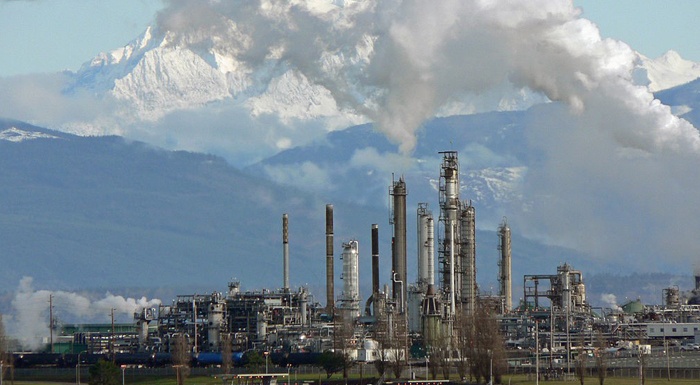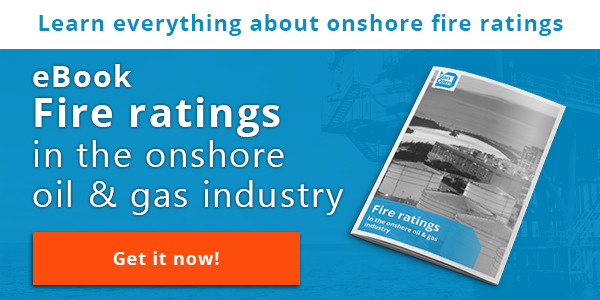
Fire ratings for offshore and onshore oil and gas structures are the results of fire safety regulations worldwide. Due to several disastrous fire incidents in the past, strict regulations have evolved and keep on evolving to guarantee the safety of people first and equipment second.
There are different fire ratings for offshore and onshore applications. Offshore fire ratings are developed by IMO SOLAS and can be found in FTP Code, part 3. One of the general norms for onshore fire ratings is the European Standard (EN). The rules and regulations for this standard are approved and agreed upon by 3 European Standards Organizations (ESOs), Comité Européen de Normalisation (CEN), Comité Européen de Normalisation Électrotechnique (CENELEC) and European Telecommunications Standards Institute (ETSI).
According to CENELEC, a European Standard “carries with it the obligation to be implemented at national level by being given the status of a national standard and by withdrawal of any conflicting national standard". European Standards automatically become a national standard in each of the 33 CEN-CENELEC member countries.
Onshore fire ratings for safety and protection
The fire resistance classifications and tests for construction products and building elements for onshore platforms and petrochemical plants are described in the standard EN 13501-2: “Fire classification of construction products and building elements - Part 2: Classification using data from fire resistance tests, excluding ventilation services”.
The standard examines the following aspects of fire resistance of the tested product:
- The ability to stop fire and gasses in case of one-side fire lade (integrity [E]);
- The ability to reduce the rise of temperature to prevent the movement of a fire and inflammation of materials on protected side, and providing the possibility to safe evacuation, (insulation [I]).
A load bearing and/or separating construction part has to prevent the spread of fire during a certain amount of time (30, 60 or 90 minutes). The average temperature rise should not be more than 140oC and the maximum temperature rise should not be more than 180oC within the time listed below:
EI 30 30 minutes
EI 60 60 minutes
EI 90 90 minutes
EI 120 120 minutes
This means that an EI 30 fire rated door, wall or window provides 30 minutes of integrity and insulation against fire. The higher the number after EI the longer the time of integrity and insulation against fire. In this way, one can make each building or structure compartment fire resistant according to needed requirement.







